Thinking about planting a garden this spring? These terrific spring gardening tips will get you started with producing vegetables, herbs, fruits, and flowers in your own backyard.
10 Spring Gardening Tips
A garden is a great way to get in touch with nature as well as your body. You can help cultivate the land, and you get rewarded with delicious fruits, vegetables, and flowers. Homegrown vegetables and fruits taste better than store-bought because they tend to be juicier with more depth of flavor and crisper. Growing your food in your own backyard allows you to know exactly where that food came from, what pesticides were used, how it was washed, etc. Growing a garden at home can also help cut your grocery bill when shopping; you essentially cut out the middleman and can enjoy an abundance of fresh fruits and vegetables. While your gardening and digging in the dirt, you may also help your immune system by breathing in healthy bacteria from the soil; this also helps by putting you in a better mood. Gardening can be considered exercise because you are digging, lifting, and stretching.
Planting a garden can be great exercise and can be done in spring or fall, depending on which fruits, vegetables, and flowers you have decided to grow. Vegetables such as lettuce, collards, kale, parsley, spinach, mustard greens, arugula, broccoli, swiss chard, cauliflower, brussel sprouts, cabbage, garlic, leeks, beets, turnips, peas, and radishes are great for planting in the fall as most of these can be planted before the first frost. If you’re aiming for a spring garden then you will want to plant these fruits and vegetables after the last frost; tomatoes, lettuce, eggplant, corn, cucumbers, okra, beans, melons, sweet potatoes, summer squash, peppers, pumpkins, carrots, and gourds. You can also grow vegetables like radishes, cauliflower, broccoli, kale, and arugula in the spring but make sure these hide in shade for optimal growth.
Herbs are fairly easy to grow and can be done throughout the year depending on your hardiness zone.
Fruits are a long-game. It may take several years from planting to fruit bearing. I love growing fruits, and the wait is worth the harvest. Some fruots you may be interested in growing are raspberries, blackberries, blueberries, strawberries (first year producers), or possibly even fruit trees.
I love flowers! Some terrific flowers to plant and grow in the spring are impatiens, petunias, pansies, and sweet alyssum (which is an annual, but if you shake the plants at the end of the season, I have found these will reseed themselves and I get spring flowers!)
If you had already started your garden during the fall here are a few spring gardening tips:
1. Clean the garden – spring is a new start and you want the best for your garden. You will want to clean away debris that winter or storms have left in their wake. Pull up all of those pesky weeds, make sure to get their root so they will not have a chance to grow back. Take a little time to tune up your tools as well, you’ll need them a lot and you’ll want them in the best condition possible for plant and soil maintenance.
2. Put down mulch – when spreading mulch, you are helping aid plants against disease and weeds. Mulch helps maintain the garden’s temperature and locks in moisture as well as adds nutrients, and helps with water retention. You want to spread anywhere from 1 – 3 inches of mulch as a top layer. Avoid spreading mulch too close to the plant’s stem; keep it away a few inches so it does not cause the roots of the plant to rot.
3. Moisturize the soil – you can do this by adding a bit of your compost pile to the soil, if you do not have a compost pile you can use any organic materials even coffee grounds. It is a great idea to test the soil present to see which nutrients are present and which need to be added so it will have just the right mixture needed. You can add a little fertilizer to help increase the health of the plants.
4. Trim the garden – prune the plants you started in the winter to help them grow in the springtime sunshine. Make sure to do this after the freezing weather is completely gone, this is suggested to do around mid-April to May, depending on your hardiness zone. Once the plants have bloomed you can prune them to help avoid cutting off any future flowers that may sprout.
5. Prepare new beds – you can take this time to plant new flowers or bring tomato plants outside to plant if you have started them inside. You can spruce up by planting snapdragons, lilacs, tulips, and vegetables such as carrots, arugula, and peas.
Here are a few tips to help if you have decided to start a brand new garden in the spring:
6. Find a spot – scouting out the best places to plant your flowers, fruits and vegetables are important. While you are picking out the best spot, it will also give you a feel of what will grow with your unique landscape. When planting spring fruits, vegetables, or flowers, you will usually want to follow the sun unless you decided to grow a plant that needs shade.
Don’t have a great spot? Try container gardening!
7. Buy seeds – if you can, try to find organic seeds as there is a good chance those conventional seeds have been sprayed with a pesticide when it was growing on the parent plant. This is your garden so do what is best for you and your family.
Best Places to Buy Gardening Seeds
8. Compost – If you do not have a compost pile, then you can use coffee grounds, coffee filters, cooked rice, cooked pasta, shredded paper bags, stale bread, pita, stale crackers, cereals that are past expiration, old oatmeal, stale pizza crust, cut up cardboard egg cartons, chopped up wine corks, and shredded toilet paper rolls. You can start your own compost bin and have it at the ready when you need it. Chamomile can be used to ward off plant infections.
Shred Your Fall Leaves For Gardening Compost
9. Test your soil – testing the soil is the best way to know what nutrients it may be lacking in order for your plants to thrive. Know what you are planting because each plant has its own unique needs to grow from seedlings into healthy fruits, vegetables, or flowers. Inexpensive kits can be bought from a trusted nursery to test.
Soil Testing
10. Watering – staying close to water is key for any garden; this will help eliminate trips to fill buckets, this may deter you from keeping your plants healthy. Plants throughout the garden need adequate water to survive and thrive, so the easiest and most accessible the water supply, the better. You can use a watering can to get those small spaces, but it helps to have the water supply nearby.
Practical Tips to Save Water in Your Garden
● For more Gardening Posts on Ann’s Entitled Life, click here.
● If you enjoyed this post, be sure to sign up for the Ann’s Entitled Life weekly newsletter, and never miss another article!
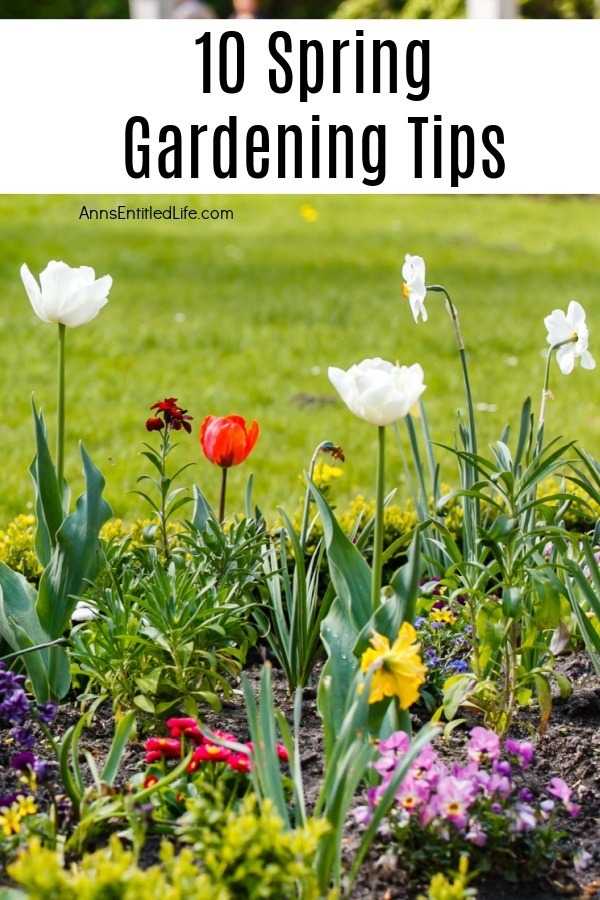
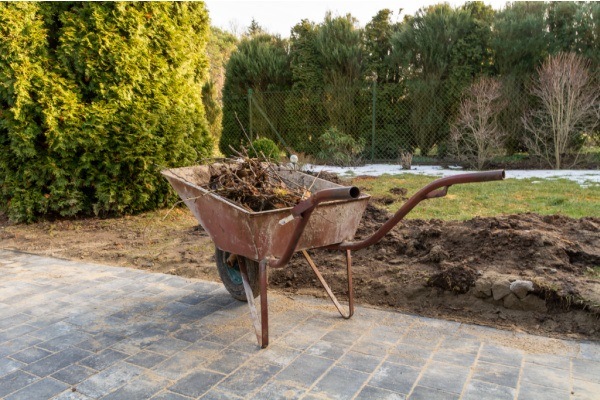
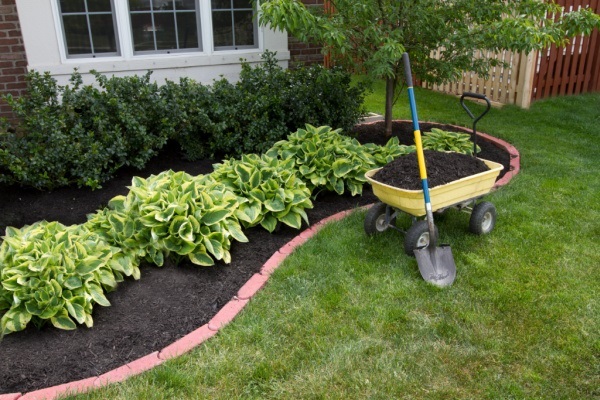
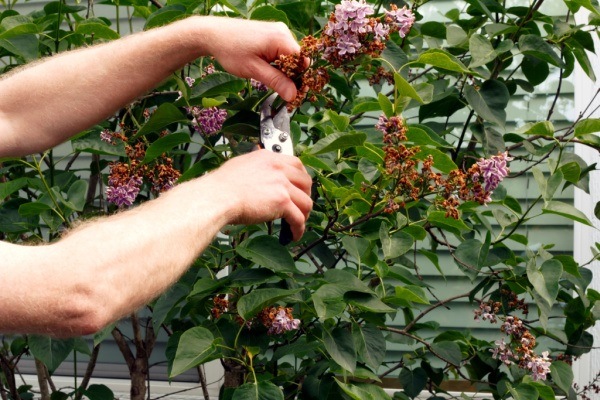
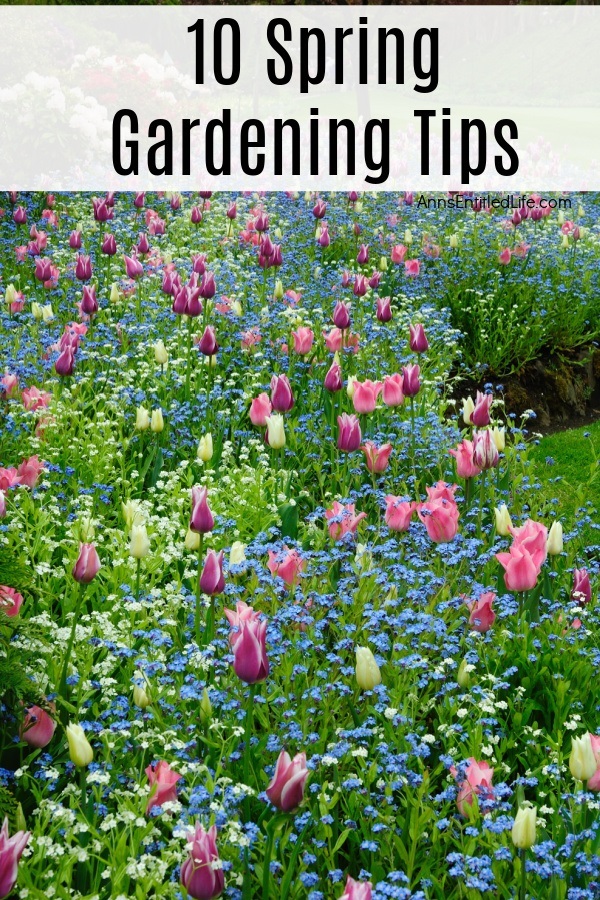
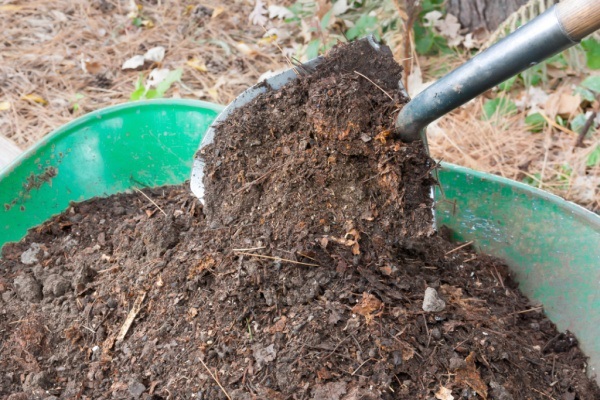
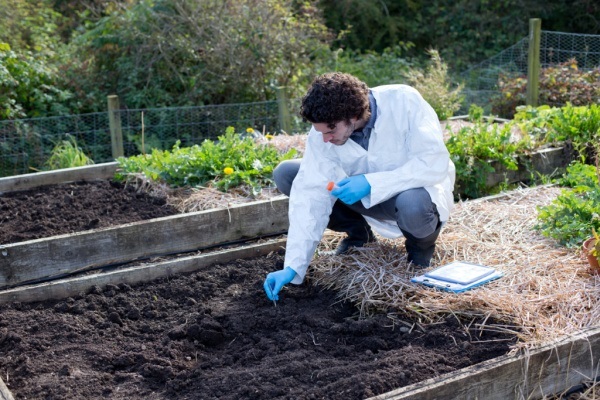
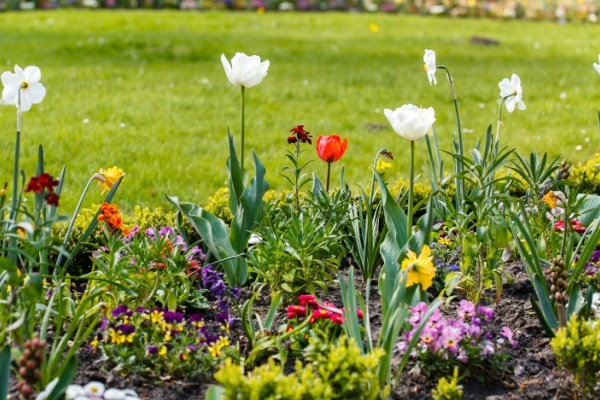
Leave a Reply